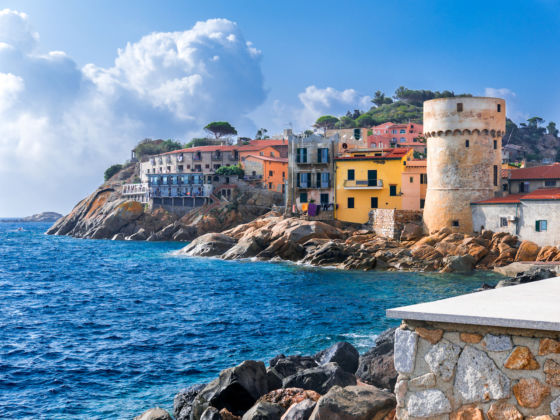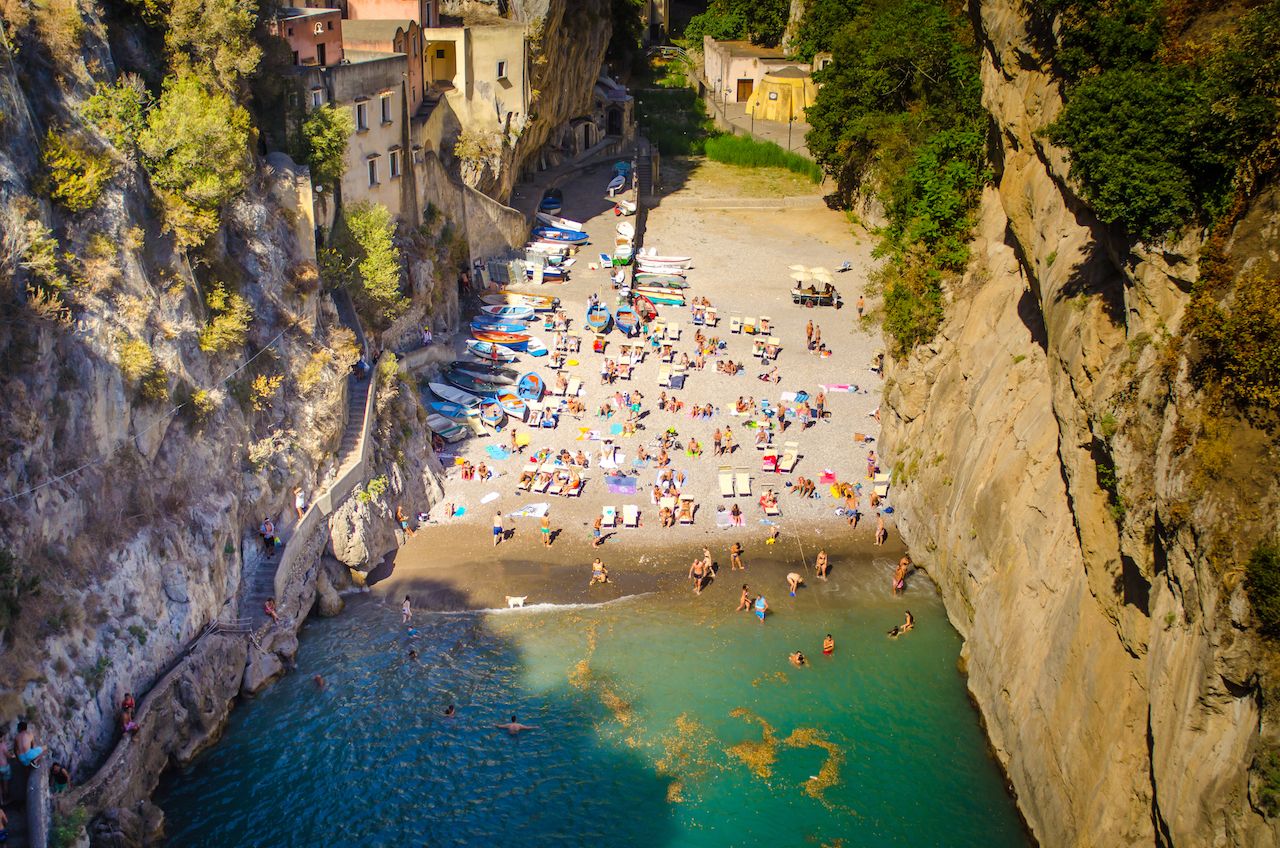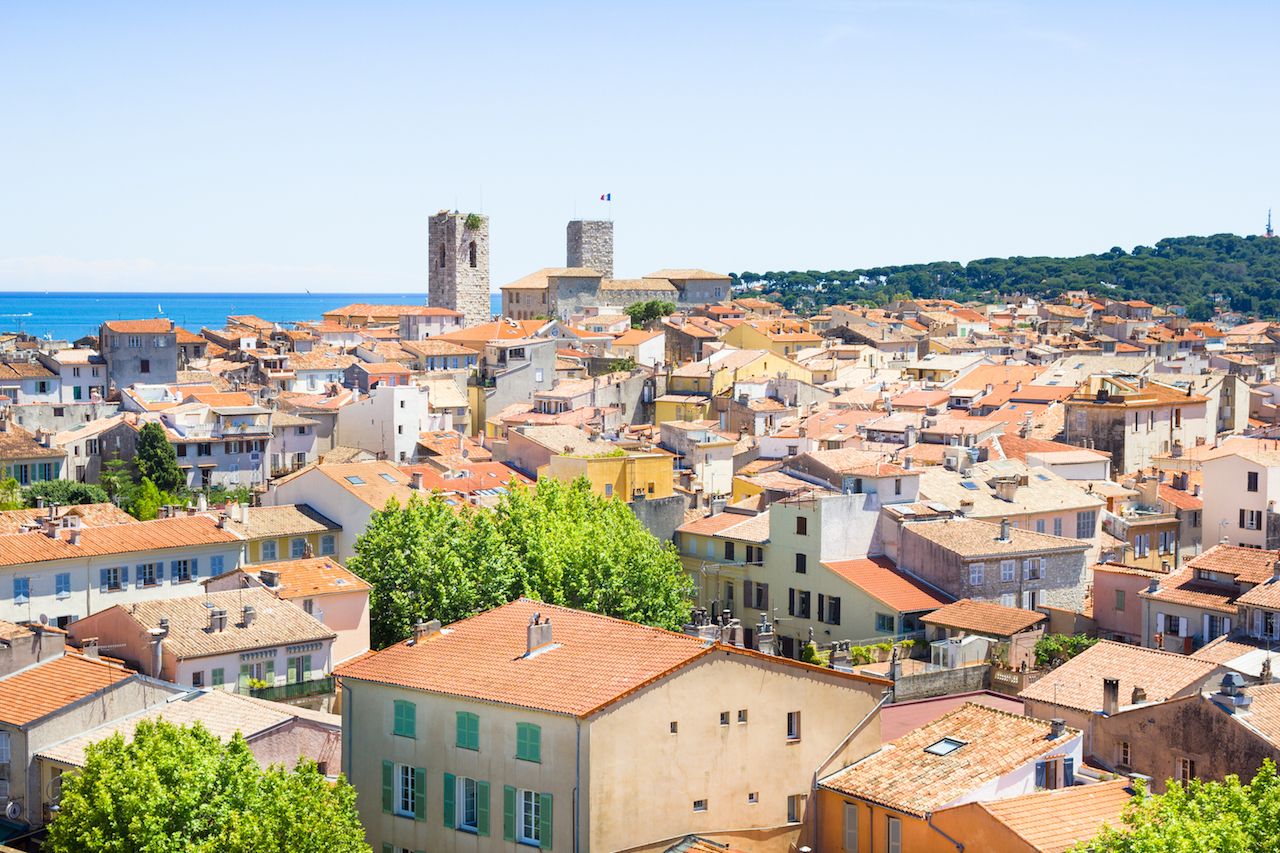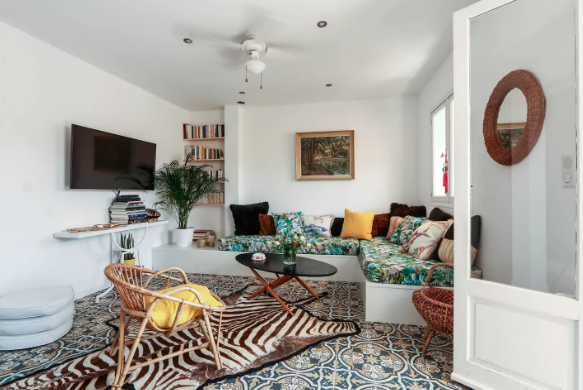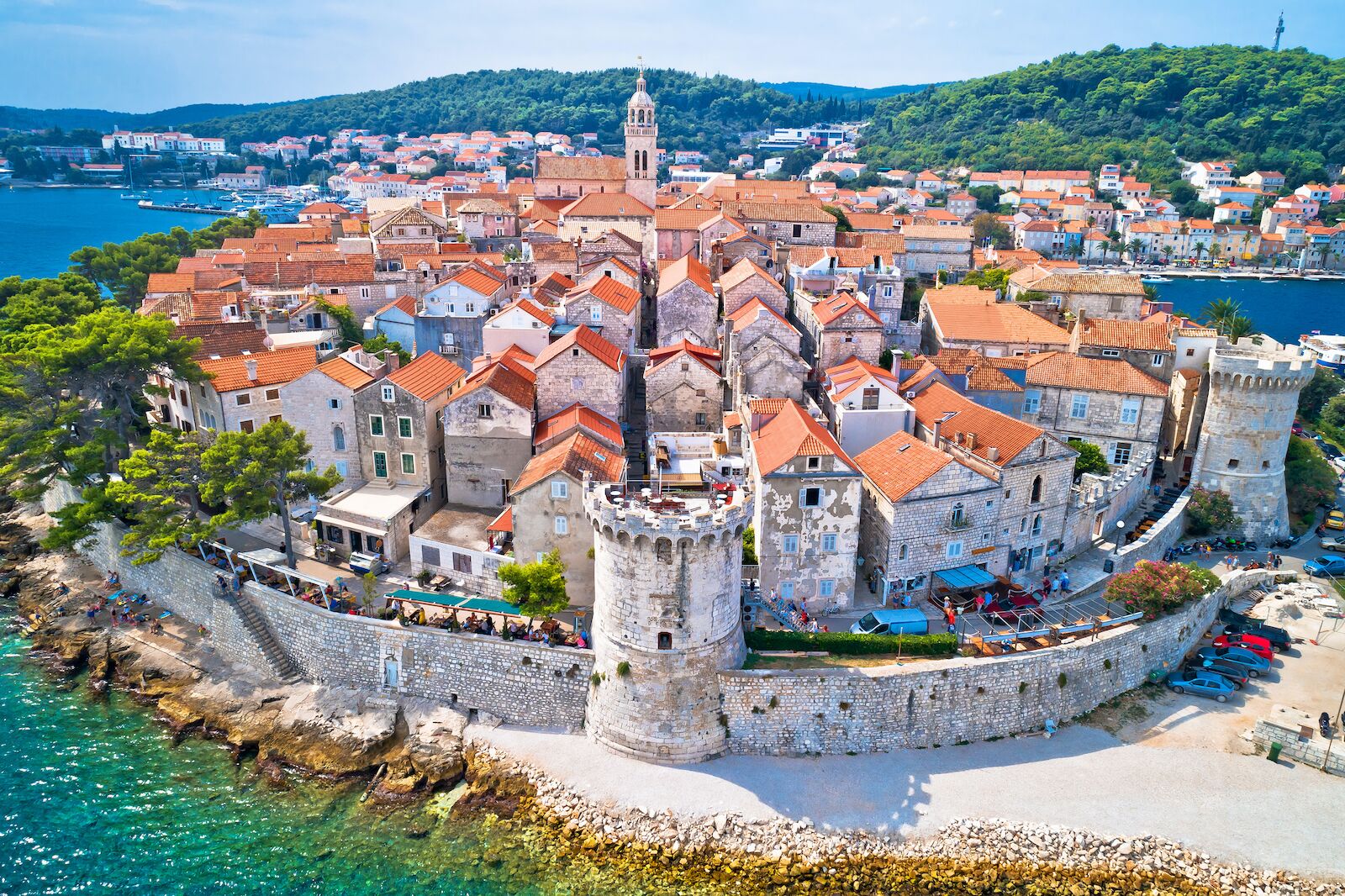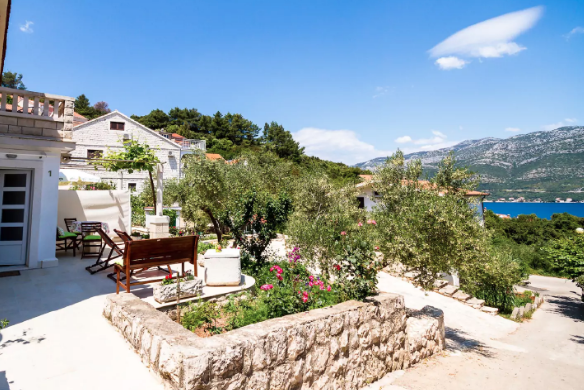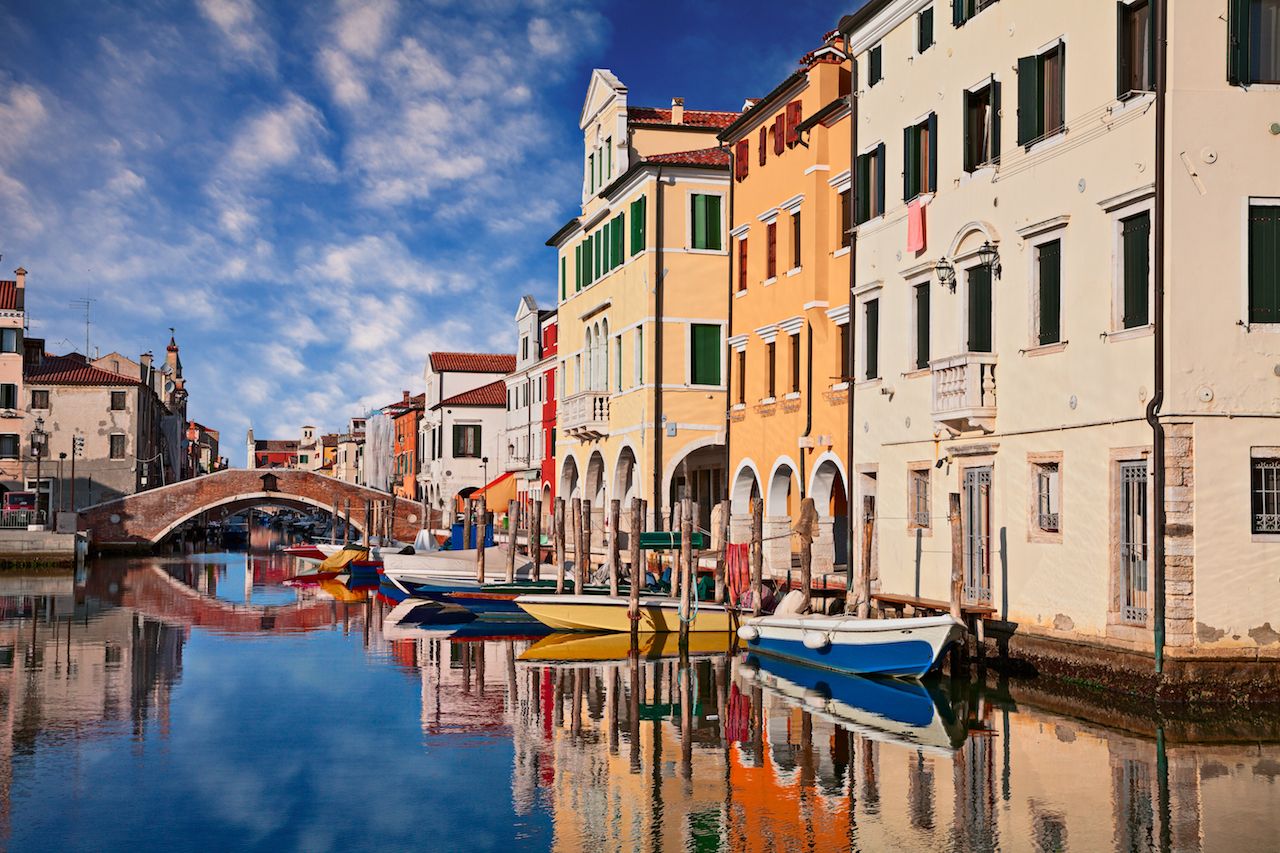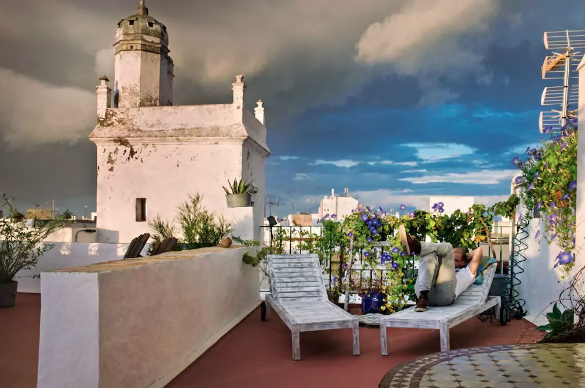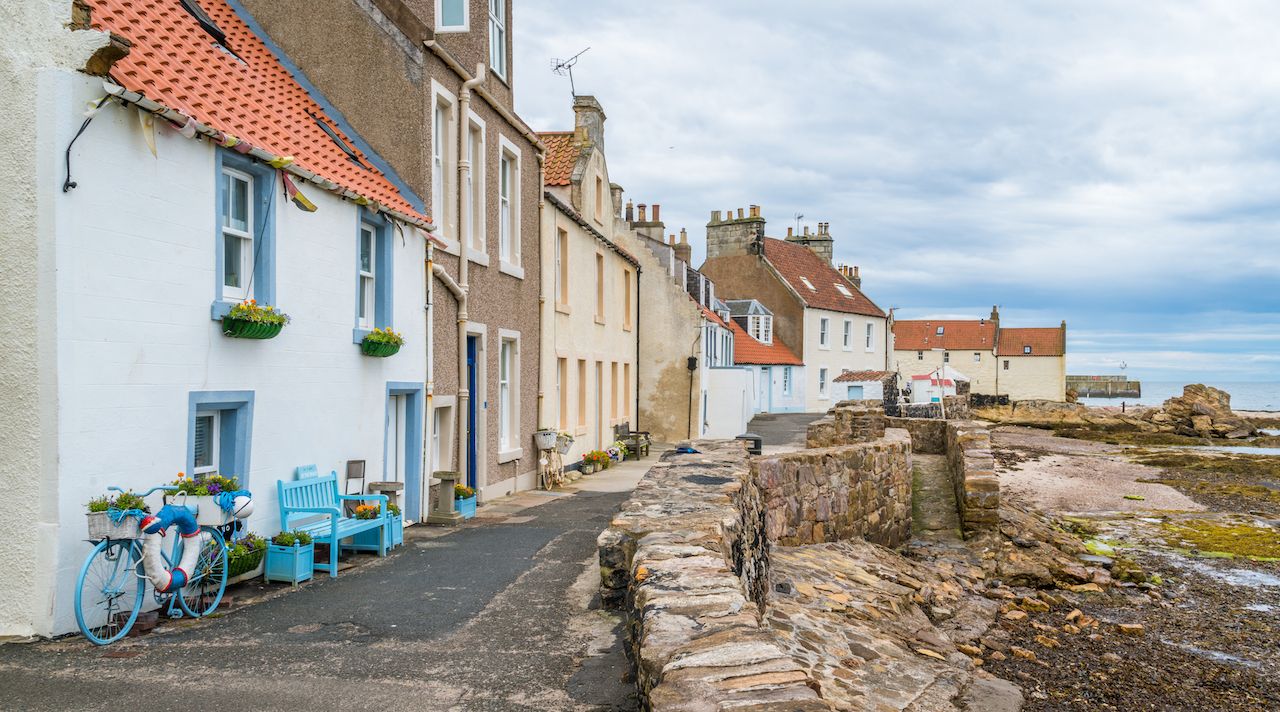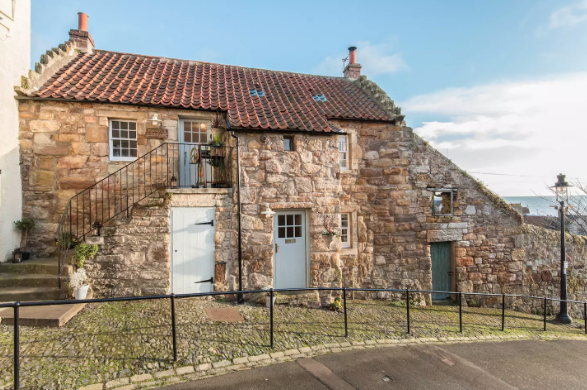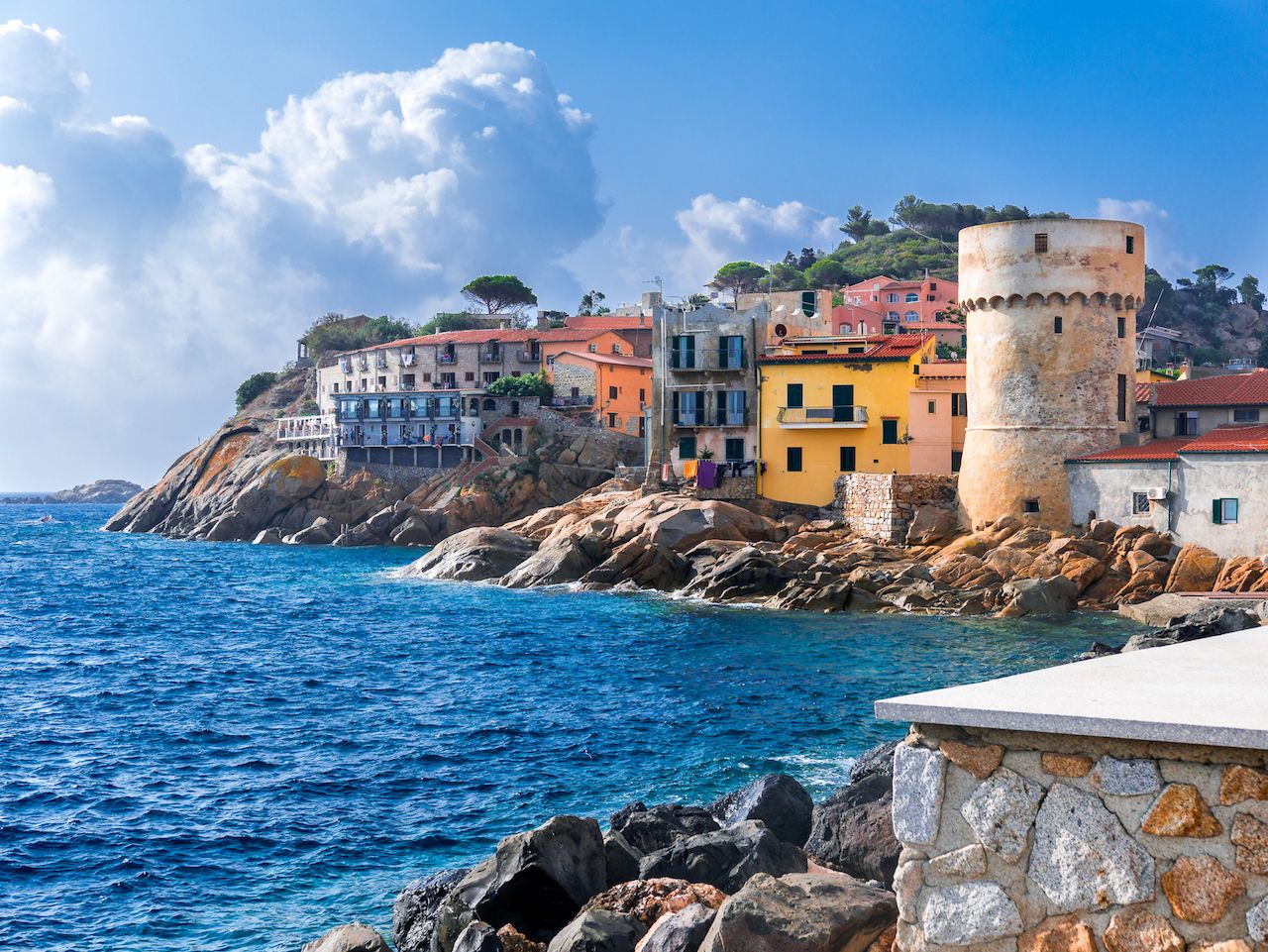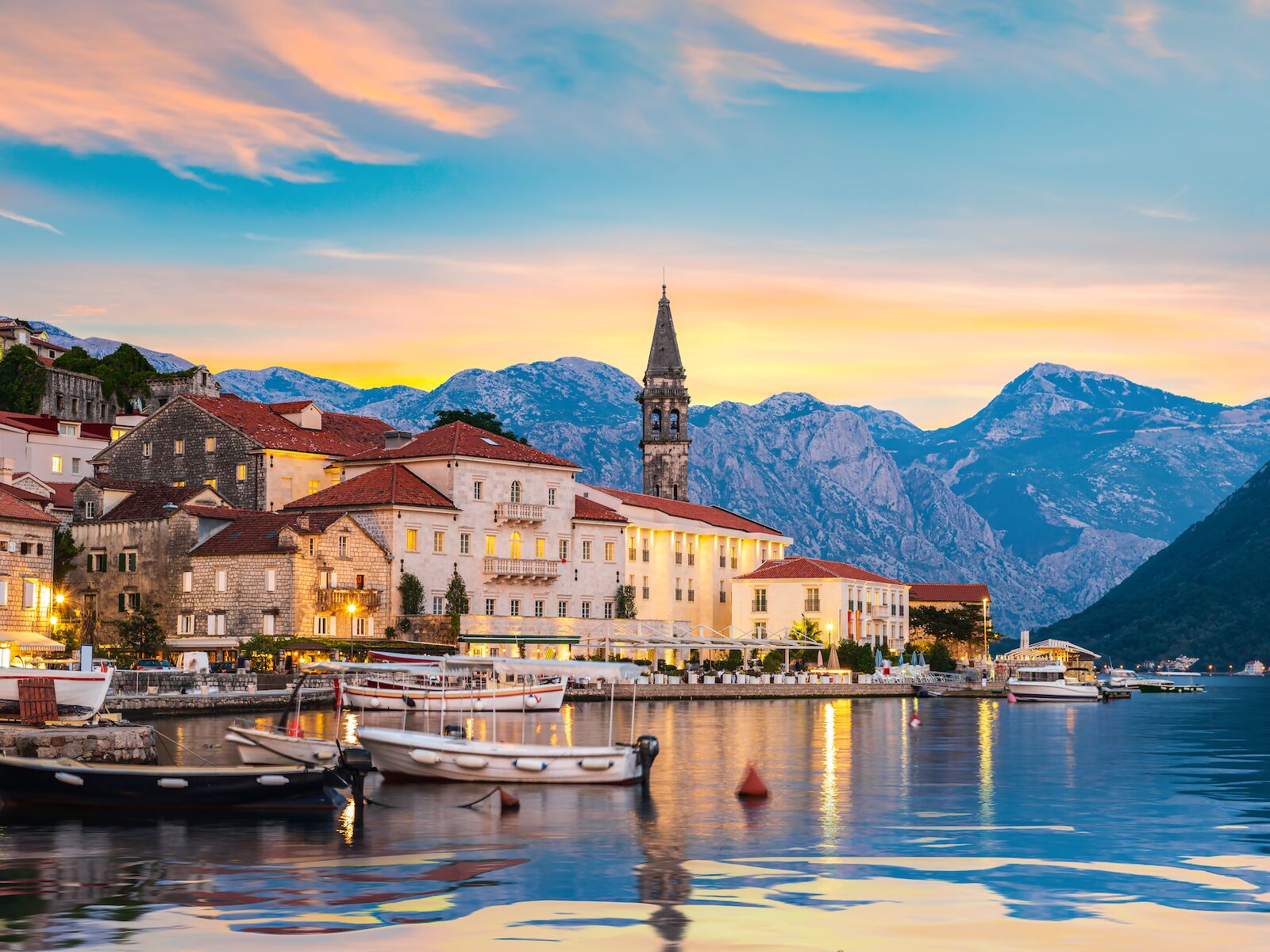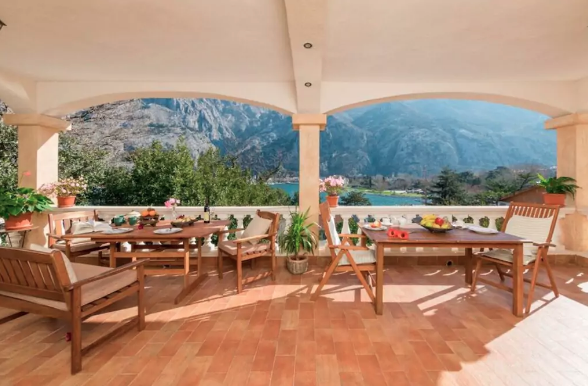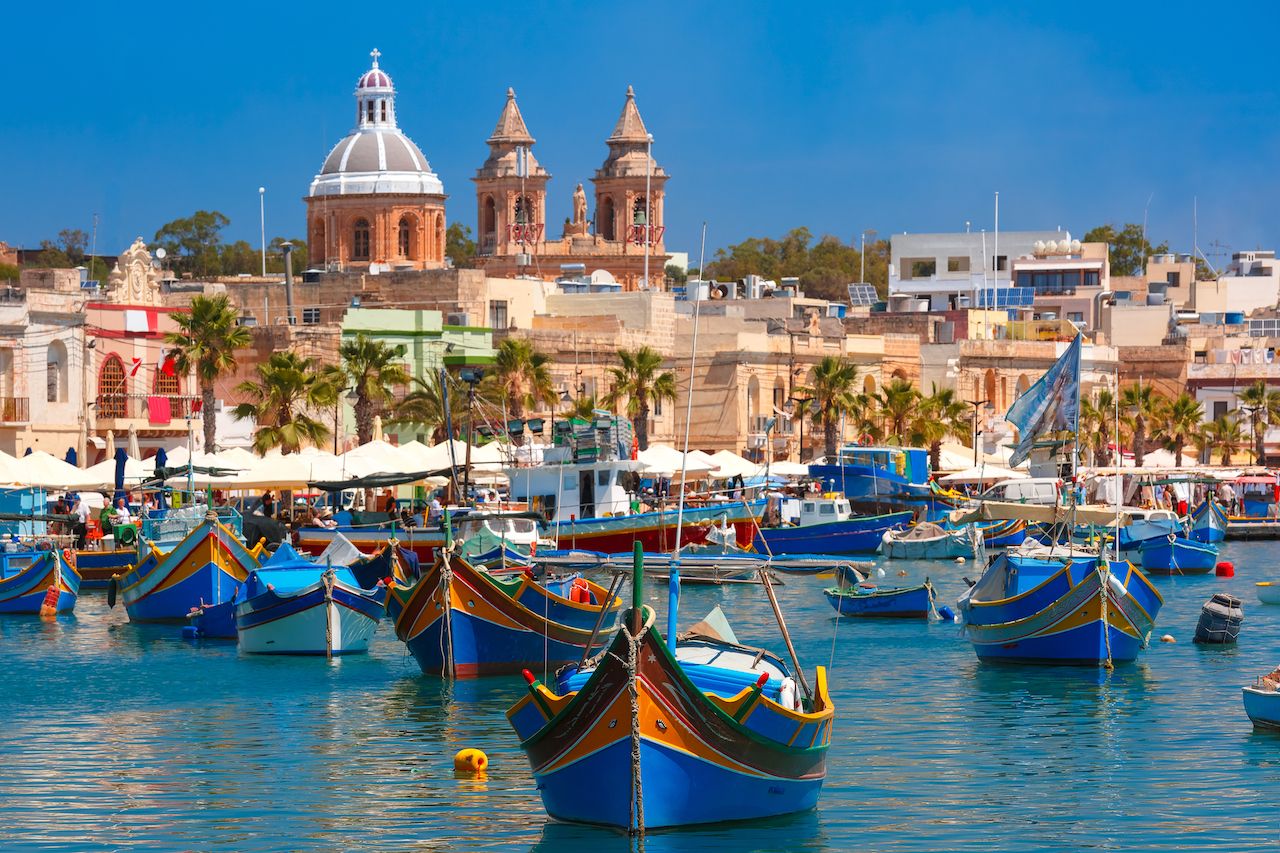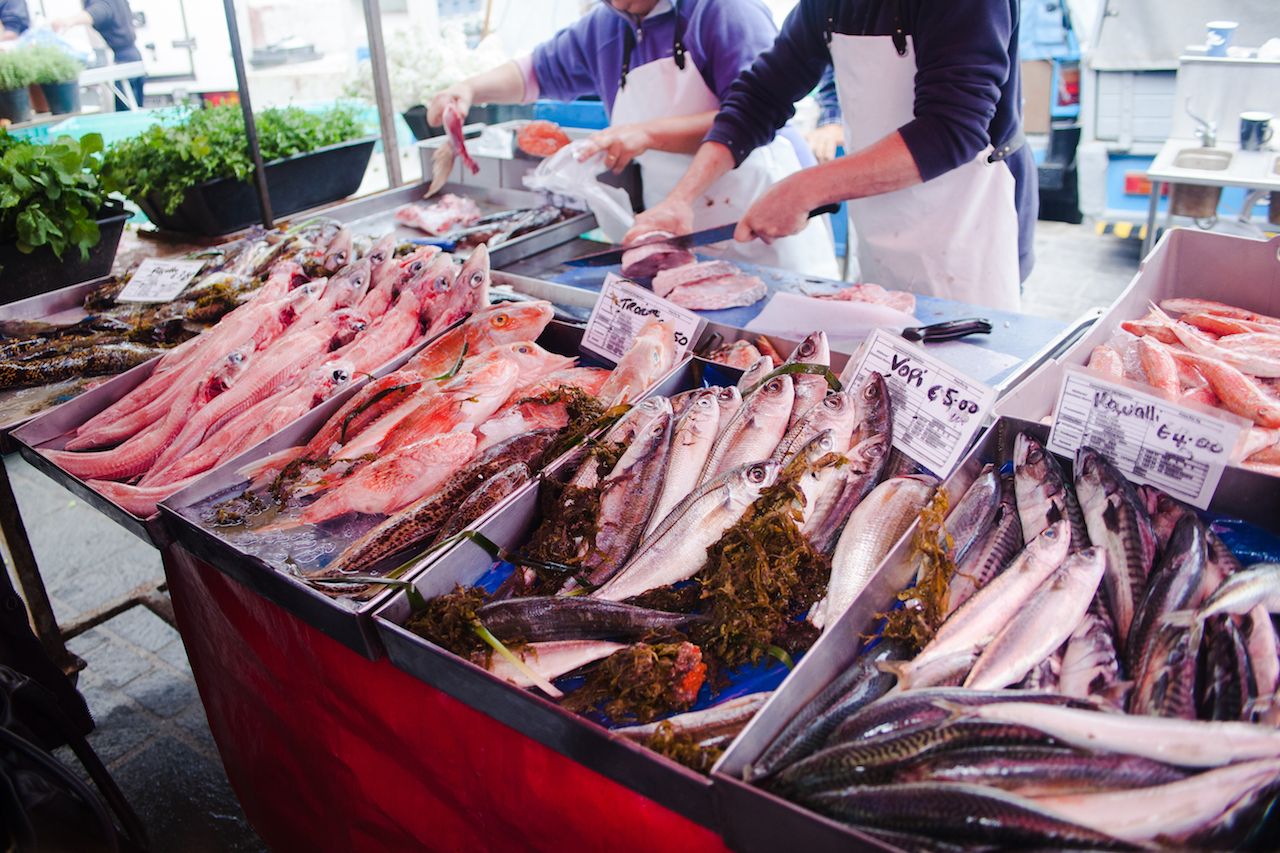The vertiginous houses of Positano, the white settlements of Santorini and the poetic villages of Cinque Terre might still be some of the most beautiful coastal locations in Europe, but who wants to watch the sunset while being accidentally hit by someone else’s selfie stick?
For a holiday with a bit of surprise and originality here are some under the radar coastal towns of Europe which still have plenty of local character and culture to offer. These underrated towns boast festivals from wine to art to jazz, prehistoric caves, modern art museums, and everything you’d want from Europe without the crowds. At least, for now — there’s a big chance these towns will be blowing up in popularity soon, so get to them before the tour buses roll in.
